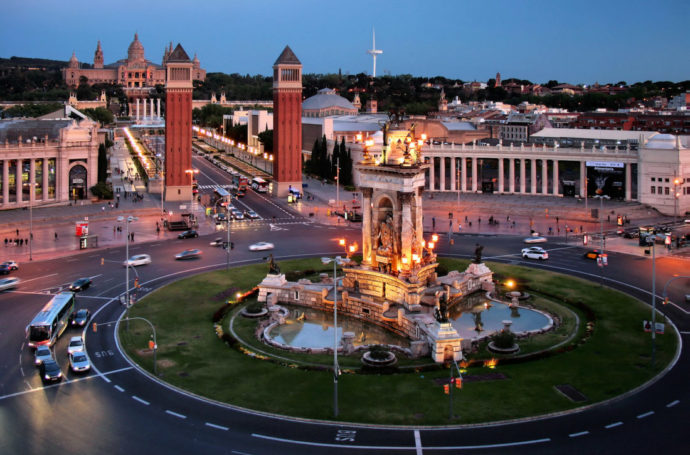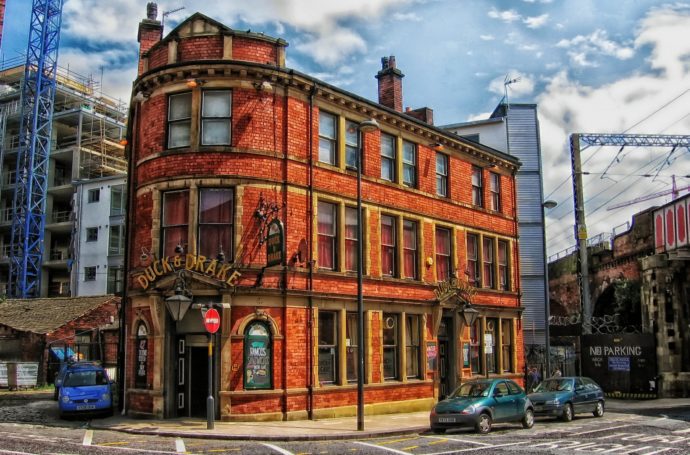
The Empire State Building might lay claim to the most recognizable New York City skyscraper, but the Chrysler Building (also known for its cameo in Sex and the City opening credits, is a more than worthy contender for the crown. This masterpiece of Art Deco design was completed in 1930 and enjoyed an 11-month reign as the tallest building in the world. Today, it’s the 11th-tallest building in Manhattan, and the tallest brick building that’s built on a steel frame. Placed on the National Register of Historic places as a National Historic Landmark in 1976, the building is consistently ranked as a favorite by NYC locals and architects for its modernist and timeless design.
There are several notable architectural features of the Chrysler Building, with the most visible being the massive spire. It’s constructed with stainless steel plates arranged in a sunburst pattern and is today one of the most recognizable NYC skyline landmarks. The building was designed by architect William Van Alen for Walter P. Chrysler, during a period of competition to construct the tallest skyscraper in New York City and the world. More than 391,000 thousand rivets and approximately 3.8 million bricks were required to complete the building, and the iconic spire was finished in four different sections that required complex hoisting and riveting procedures. Some notable features of the building’s exterior include stainless steel gargoyles, eagles, and replicas of 1929 Chrysler automobile radiator caps.
There’s no public observation deck in the Chrysler Building, but there is an opportunity for amazing views by booking a dentist appointment. A dentist’s office has long occupied the highest habitable floor of the building, and patients experience some gorgeous views as they get their cavities filled or teeth cleaned. The underappreciated lobby is a stunning example of Art Deco style that uses Italian travertine and slabs of granite from Africa to give the space a striking look and feel that’s finished with the massive mural named “Transport and Human Endeavor.”


